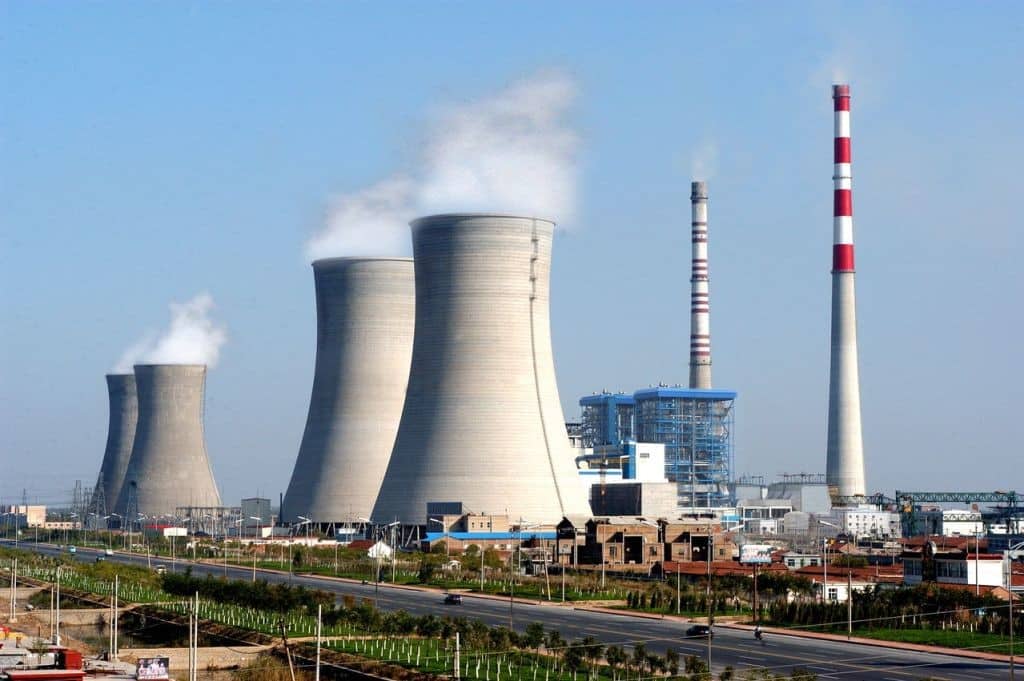EPA’s new power plant rule to cut emissions by 90% aims to cut carbon pollution, a major cause of global warming and climate change.
According to experts such as Catherine Hausman, an environmental and energy economist who teaches at the University of Michigan, this federal action represents a significant step toward tackling the rising temperatures and shifting weather patterns caused by the formation of heat-trapping gases in the environment.
“Energy analysts have been waiting for a decision like this for a long time, so it is historic. We just haven’t had legislation on this magnitude that addresses carbon emissions.” Hausman stated.
The EPA’s proposed restrictions aim to close most if not all, coal facilities by 2045, as per an accompanying impact study assessment.
How the EPA’s rule will affect nearby coal plants and emissions.
For coal-fired facilities that release significant levels of carbon dioxide, a powerful greenhouse gas, this rule establishes a uniform threshold, unlike earlier attempts to reduce carbon emissions, which sometimes depended on financial incentives or state-level laws.
The electrical system of the nation has changed within the last 20 years. Once the mainstay of energy production, coal-generated power declined and natural gas took its place as the leading source. While moving more slowly, renewable alternatives have made great progress.
Coal provided roughly half of the nation’s power at the beginning of the century. That share has fallen below 17% today. In the last 20 years, around 400 facilities have closed; the states with the biggest closures, Ohio and Pennsylvania, have combined to retire 60 plants. The Environmental Protection Agency anticipates other retirement announcements.
The new EPA regulations stipulate that coal plants that are still in operation after 2039 must reduce or capture 90% of their emissions by 2032; those that close before then will have a less onerous requirement. Plants scheduled to shut by 2032 are not subject to the new regulations.
Can technology for capturing carbon save coal?
Plants hoping to stay open after 2039 will need to cut back on their emissions by using technology like carbon capture and storage, which catches, moves, and stores CO2 underground where it is safely kept and cannot escape the environment.
Storing and capturing carbon “is not yet ready for full-scale, economy-wide deployment, nor is there enough time to permit, finance, and build the carbon capture and storage (CCS) infrastructure needed for accordance by 2032,” said Dan Brouillette, president of Edison Electric Institute, a group of investor-owned power companies, in an official statement.

Criticism of the EPA decision.
A year ago, when the EPA invited public input on the proposed regulations, over 8,000 comments were received, some of which were supportive and others which were rather critical.
The EPA regulation, according to supporters, would enhance public health and air quality without interfering with electricity supplies. Critics, however, condemn it and warn of overburdened electricity systems, growing energy bills, and the effects on towns that depend on coal.
Over the new regulations, Republican attorneys general in 27 different states filed suits against the EPA.
Democratic senator from West Virginia and popular coal industry supporter from UMWA (United Mine Workers of America), Joe Manchin, who is leaving office, cited worries that these decisions will force coal facilities to close too soon. For America’s fossil fuel sector, particularly coal, he compared these most recent rules to “death by a thousand cuts.”

It estimated that the climatic and health advantages of this rule “significantly outweigh” the enforcement costs, according to the presentation.
“I consider these rules as a barrier. This type of law says irrespective of where we are in 10 years, no matter what happens with those various sources of fuel, we are aware that we’re doing everything we can to reduce carbon emissions in the energy business.” Hausman, the University of Michigan analyst said.
Read More:
IEA’s 2024 Oil-Demand Growth Forecast: What You Need to Know
Source
USA TODAY








